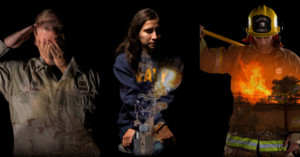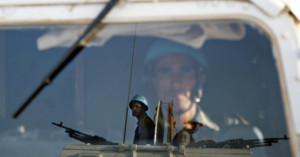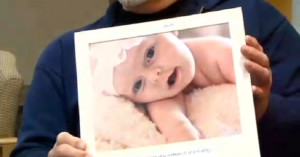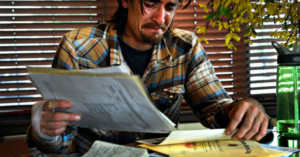
Using Photos to Shine a Light on PTSD
My name is Connar L’Ecuyer, and one of my main ongoing projects is photographing Post Traumatic Stress Disorder, or PTSD, in military vets and first responders. Some people may have heard of PTSD and not know much about it, or have loved ones that suffer from PTSD. Post Traumatic Stress Disorder is NOT a topic to hide in the background, and you are not weak for asking for help.



